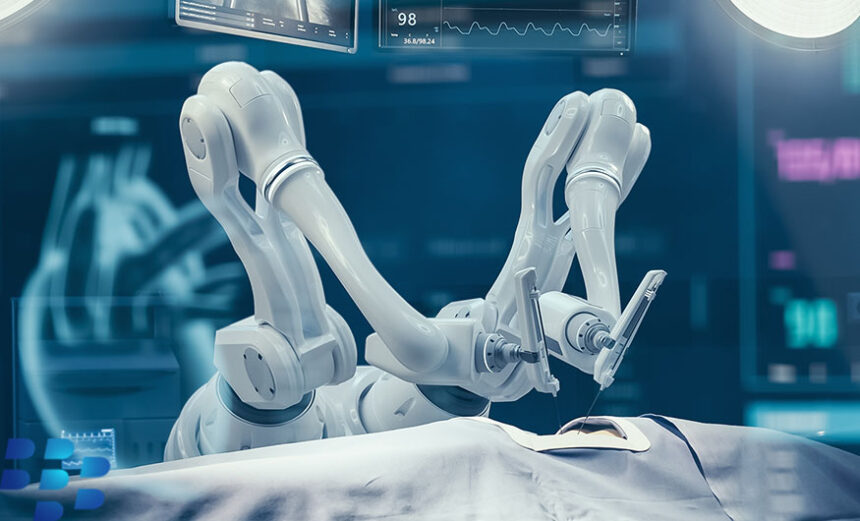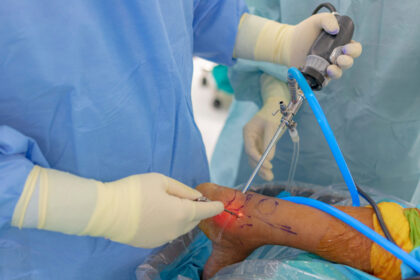Surgical procedures have evolved significantly with the introduction of new technologies. Surgical procedures have evolved significantly with the introduction of new technologies. One notable advancement is the use of robotic-assisted systems. This approach, known as robotic surgery, provides surgeons with specialized tools to perform complex operations. Many people wonder how this technology affects the surgical process and what it might mean for their healing journey afterward. Understanding the mechanics of robotic surgery can help you feel more prepared when discussing options with your care team.
Which Procedures Benefit Most?
Robotic surgery is applied across various medical fields. It is frequently used for procedures that require detailed work in small or hard-to-reach areas of the body. The technology offers high dexterity, which can be advantageous for these specific types of operations.
- Urology: Procedures such as prostatectomies often use robotic systems. The technology helps surgeons navigate the delicate network of nerves and tissues in the pelvic region.
- Gynecology: Hysterectomies and myomectomies are common gynecological procedures performed with robotic assistance. It allows for precise movements within the confined space of the pelvis.
- Cardiothoracic Surgery: Certain heart procedures, including mitral valve repair, can be performed using robotic instruments. This approach may involve smaller incisions compared to traditional open-heart surgery.
- General Surgery: Operations on the gallbladder, colon, and rectum are increasingly performed with robotic help. This method supports surgeons working within the abdominal cavity.
These applications demonstrate the versatility of robotic platforms in modern medicine. The technology is designed to complement a surgeon’s skill, providing another tool for performing a range of procedures with enhanced visualization and control.
How Does Robotics Enhance Precision?
Robotic surgery systems provide surgeons with advanced tools. The surgeon operates from a console, typically located in the same room, which gives them a magnified, high-definition, 3D view of the surgical site. This clear view allows the surgeon to see anatomical structures in great detail.
The robotic arms hold and maneuver small surgical instruments. The surgeon’s hand movements at the console are translated into precise, real-time movements of these instruments inside the patient’s body. This helps to filter out natural hand tremors, enabling very steady, controlled actions. The instruments have a wide range of motion, sometimes exceeding that of the human wrist. This combination of enhanced vision, reduced tremor, and improved instrument dexterity enables surgeons to perform delicate tasks with a high degree of precision.
How Does Recovery Improve?
The recovery process after any surgery is unique to the individual. With robotic surgery, many of the potential benefits for recovery are linked to the procedure’s minimally invasive nature. Smaller incisions are a key characteristic of this surgical method.
The following points outline how these aspects may influence the healing process:
- Smaller incisions often result in less tissue disruption compared to larger, open incisions.
- Reducing trauma to the surrounding muscles and tissues can lead to less postoperative discomfort.
- Patients may experience a shorter hospital stay, allowing them to return home sooner.
- A quicker return to daily activities is often reported as people feel able to resume their normal routines.
These factors together can contribute to a more streamlined recovery experience. When your body has less physical trauma to heal from, you may find your energy returns more quickly and your overall healing time is less.
Robotic Surgery Can Help
Robotic surgery represents a significant advancement in surgical care, allowing surgeons to operate with enhanced vision and precision through small incisions. This technology can significantly improve the patient experience by offering the potential for less discomfort, shorter hospital stays, and a quicker return to daily life. If you are preparing for a procedure, discuss all available options with your doctor. Asking whether robotic surgery is right for your specific situation can provide the clarity you need to make an informed decision about your health.









